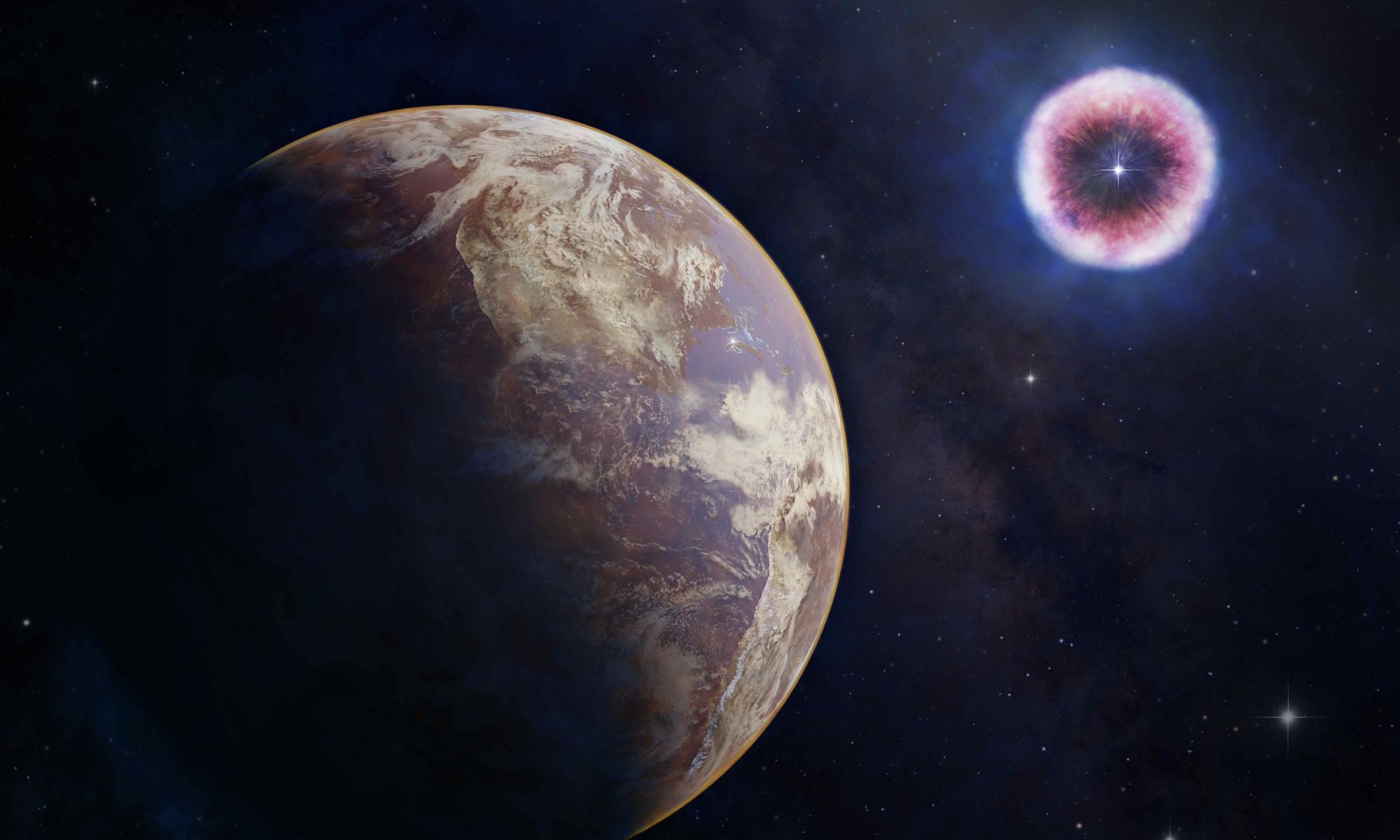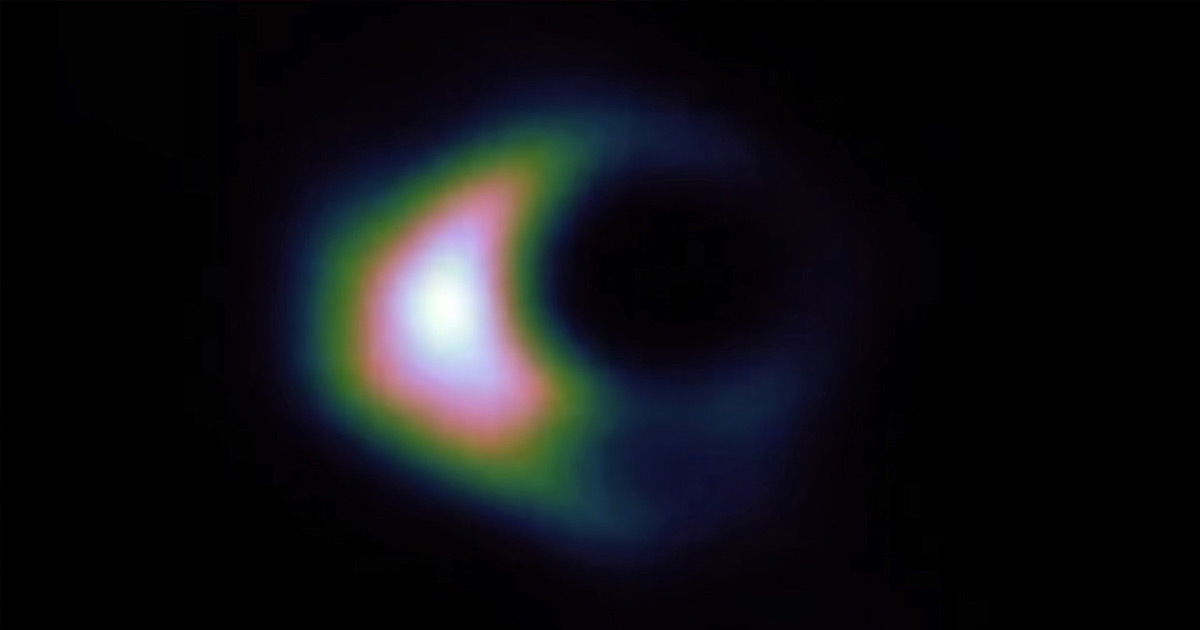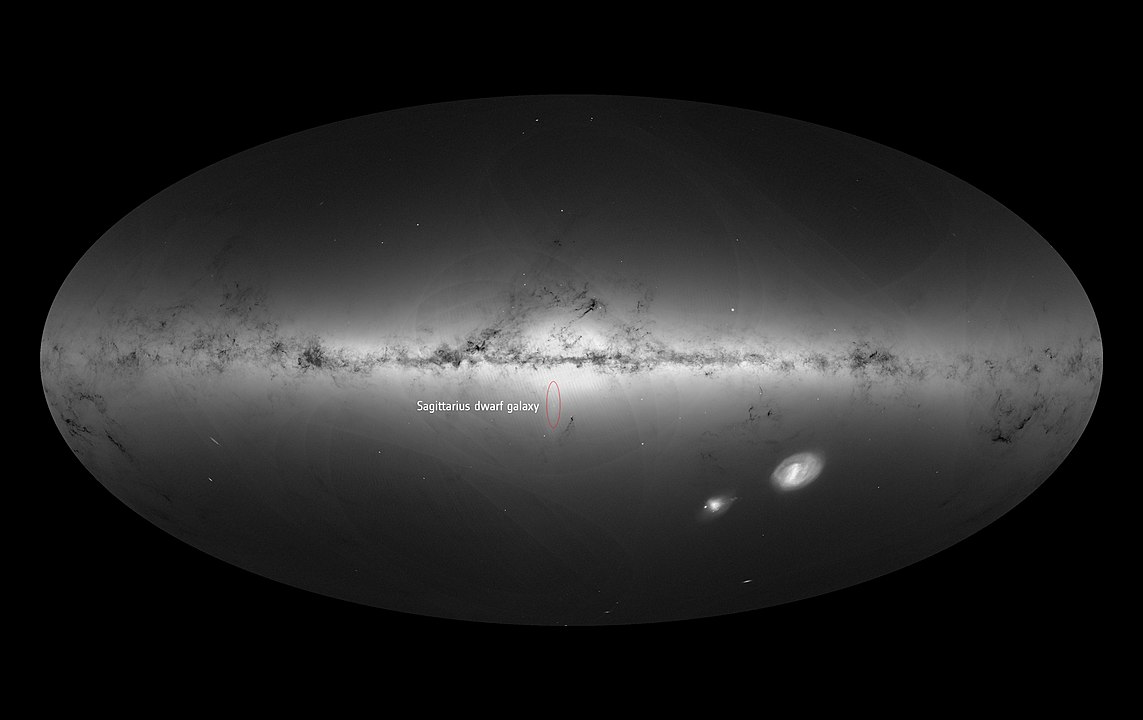Mobile phones are so ubiquitous that we typically don’t think about how they work. They just do, much to our benefit, and sometimes annoyance. But the key to their function is a vast array of radio transmission towers. These cell towers span a large percentage of Earth’s land surface, particularly in heavily populated areas, and they transmit microwave signals all the time. With all those cell towers emitting all those radio signals, a fun question to ask is whether those signals could be detected by an alien civilization.
Continue reading “Aliens Could Map Earth From its Mobile Phone Towers”Bizarre Exoplanet Breaks All the Orbital Rules
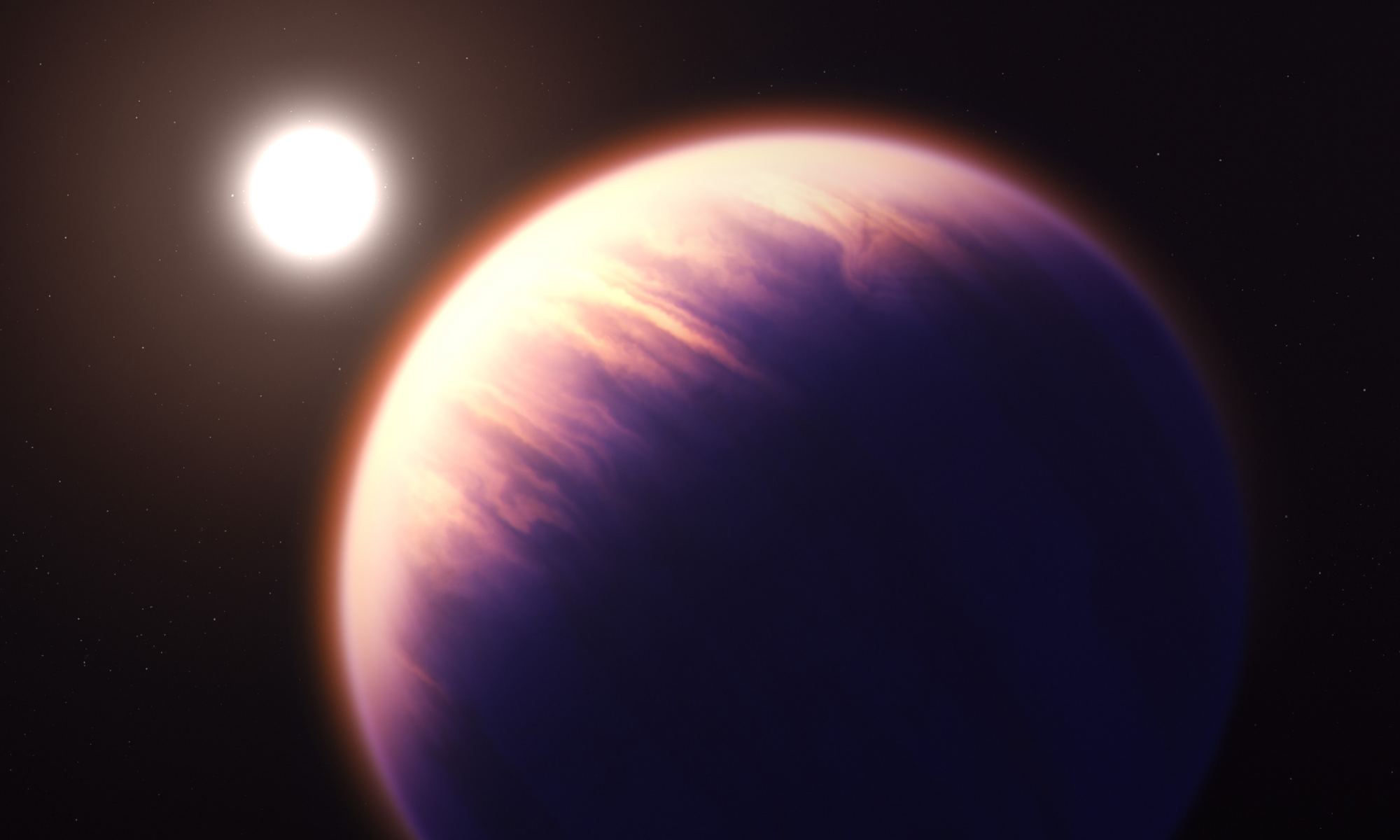
In our solar system, the planetary orbits all have a similar orientation. Their orbital planes vary by a few degrees, but roughly the planets all orbit in the same direction. This invariable plane as it’s known also has an orientation within a few degrees of the Sun’s rotational plane. Most planetary systems have a similar arrangement, where planetary orbits and stellar rotation are roughly aligned, but a few exoplanets defy this trend, and we aren’t entirely sure why.
Continue reading “Bizarre Exoplanet Breaks All the Orbital Rules”These Stars are Already Merging, but Their Future Will Be Catastrophic

Close-orbiting binaries are a ticking time bomb. Over time they spiral ever closer to each other until they merge in a cataclysmic explosion such as a supernova. But in the middle of their story, things can get interesting. Some stars collapse into a white dwarf before merging with their partner, others edge so close to each other that their surfaces touch for a time, becoming contact binaries before finally colliding. But one newly discovered binary system will have a wild ride before its final demise.
Continue reading “These Stars are Already Merging, but Their Future Will Be Catastrophic”You Don't Want to Be Within 160 Light-Years of a Supernova
Supernovae are incredibly common in the universe. Based on observations of isotopes such as aluminum-26, we know that a supernova occurs on average about every fifty years in the Milky Way alone. A supernova can outshine a galaxy, so you wouldn’t want your habitable planet to be a few light years away when it goes off. Fortunately, most supernovae have occurred very far away from Earth, so we haven’t had to concern ourselves with wearing sunscreen at night. But it does raise an interesting question. When it comes to supernovae, how close is too close? As a recent study shows, the answer depends on the type of supernova.
Continue reading “You Don't Want to Be Within 160 Light-Years of a Supernova”What a Mess. A Black Hole's Stellar Meal is Brighter and Longer Lasting Than Ever Seen Before
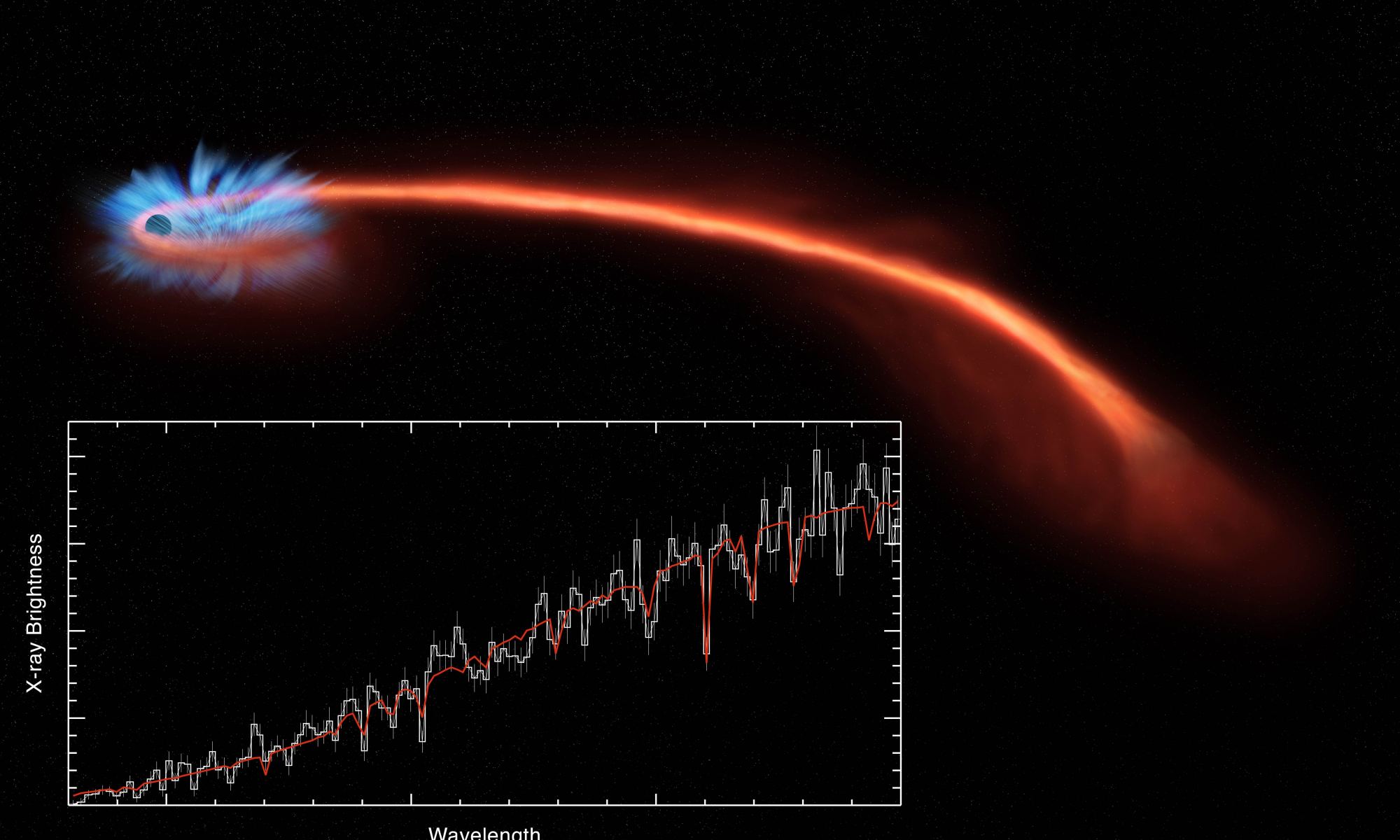
It’s a tale as old as time. A cataclysmic event occurs in the universe and releases a tremendous amount of energy in a short period of time. The event then fades into the darkness and the cosmos returns to normal. These short-lived cosmic events are known as transients and include things such as supernovae and gamma-ray bursts. Transients are quite common, but some of them can challenge explanations. Take for example the transient known as ZTF20abrbeie, nicknamed Scary Barbie.
Continue reading “What a Mess. A Black Hole's Stellar Meal is Brighter and Longer Lasting Than Ever Seen Before”Gravitational Waves From Pulsars Could Be Used to Probe the Interior of the Sun
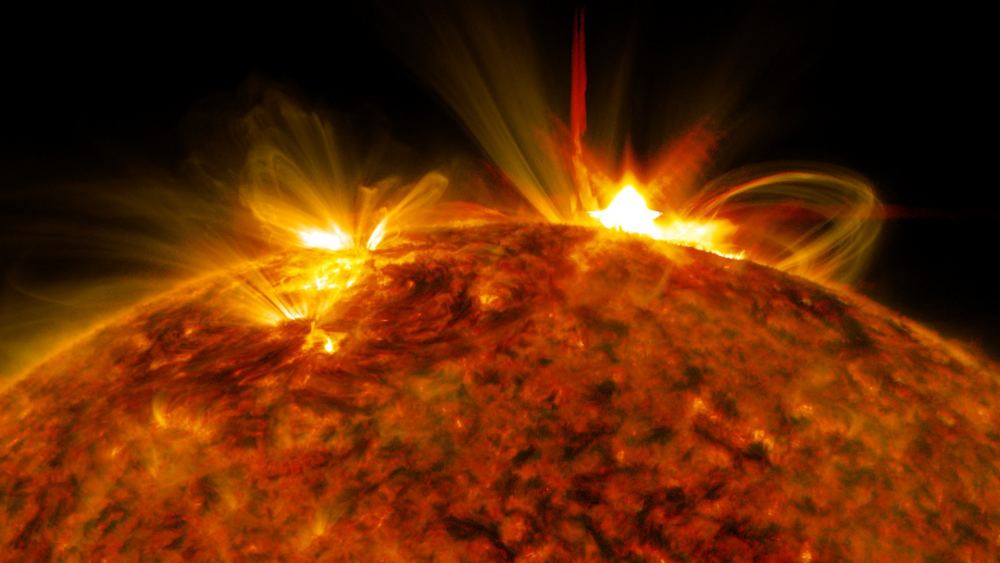
Gravitational wave astronomy is still in its early stages. So far it has focused on the most energetic and distinct sources of gravitational waves, such as the cataclysmic mergers of black holes and neutron stars. But that will change as our gravitational telescopes improve, and it will allow astronomers to explore the universe in ways previously impossible.
Continue reading “Gravitational Waves From Pulsars Could Be Used to Probe the Interior of the Sun”Is This a Black Hole or a New Type of Star?
Within general relativity, black holes are easy to define. They are objects with an event horizon. This horizon is like a line in the sand, where anything crossing it is forever trapped within the black hole. Quantum theory might allow for energy to escape through Hawking radiation, but classical black holes are a one-way trip.
Continue reading “Is This a Black Hole or a New Type of Star?”Even the Largest Structures in the Universe Have a Magnetic Field
The universe is filled with magnetic fields. Although the universe is electrically neutral, atoms can be ionized into positively charged nuclei and negatively charged electrons. When those charges are accelerated, they create magnetic fields. One of the most common sources of magnetic fields on large scales comes from the collisions between and within interstellar plasma. This is one of the major sources of magnetic fields for galactic-scale magnetic fields.
Continue reading “Even the Largest Structures in the Universe Have a Magnetic Field”When Neutron Stars Collide, the Explosion is Perfectly Spherical
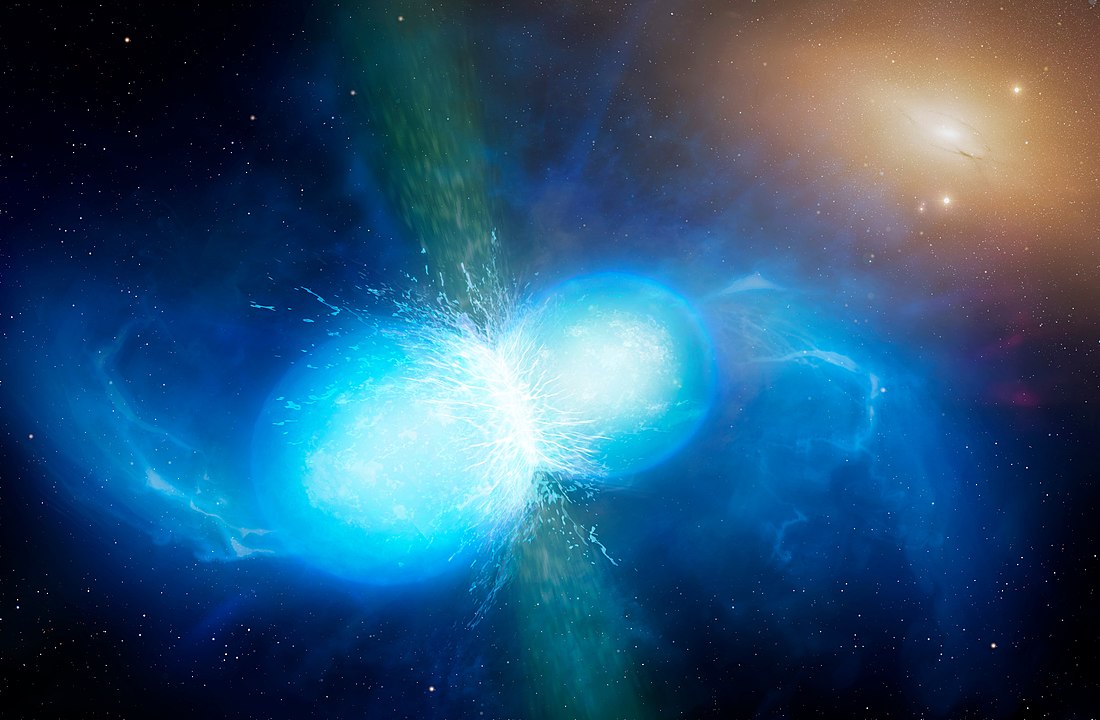
Kilonovae are incredibly powerful explosions. Whereas regular supernovae occur when two white dwarfs collide, or the core of a massive star collapses into a neutron star, kilonovae occur when two neutron stars collide. You would think that neutron star collisions would produce explosions with all sorts of strange shapes depending on the angle and speed of the collisions, but new research shows kilonovae are very spherical, and this has some serious implications for cosmology.
Continue reading “When Neutron Stars Collide, the Explosion is Perfectly Spherical”New Measurements of Galaxy Rotation Lean Towards Modified Gravity as an Explanation for Dark Matter
Although dark matter is a central part of the standard cosmological model, it’s not without its issues. There continue to be nagging mysteries about the stuff, not the least of which is the fact that scientists have found no direct particle evidence of it. Despite numerous searches, we have yet to detect dark matter particles. So some astronomers favor an alternative, such as Modified Newtonian Dynamics (MoND) or modified gravity model. And a new study of galactic rotation seems to support them.
Continue reading “New Measurements of Galaxy Rotation Lean Towards Modified Gravity as an Explanation for Dark Matter”

